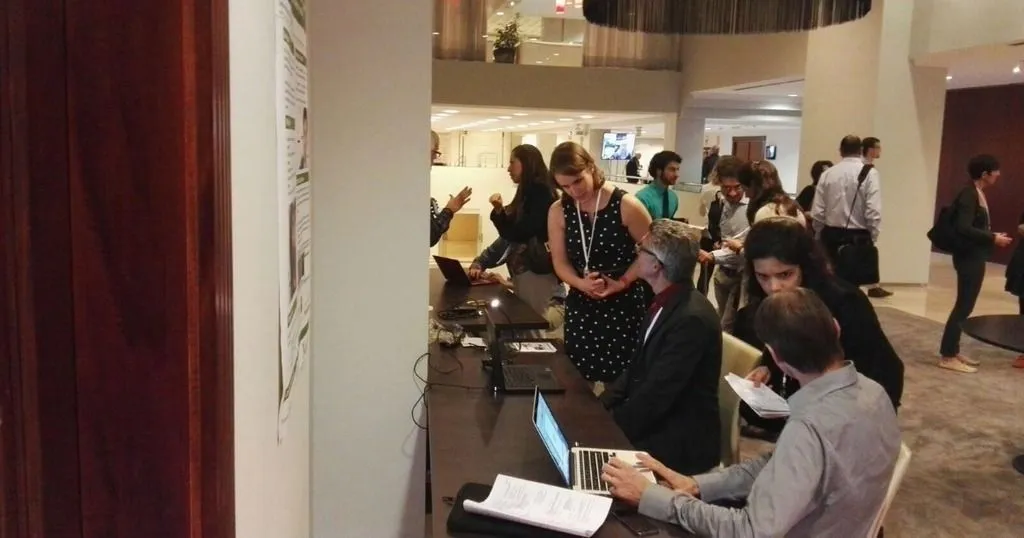3 Examples of pattern detection research
Patterns in behavior are everywhere around us. Think about the sequence of behavior when you do the laundry, get ready in the morning, play a game of soccer, or drive your car to work.
Posted by
Published on
Wed 28 Dec. 2011
Topics
| Animal-human Interaction | Cats | Emotion Recognition | T-patterns | Theme |

Patterns in behavior are everywhere around us. Think about the sequence of behavior when you do the laundry, get ready in the morning, play a game of soccer, or drive your car to work. Many behavioral scientists focus on these highly structured phenomena. For instance, researchers now closely examine social interactions or the execution of tasks. Many patterns are missed when observed with the naked eye. Fortunately, cameras and specialized software can be used to aid in the detection of interesting behavior patterns.
3 Examples of pattern detection research
Theme™ software (T-patterns, Magnusson, 2000) can detect which events and behaviors drive the behavior, which occur as a result, and which are just random. Additionally, Theme requires data such as time series of discrete and meaningful behaviors as input so the software can automatically detect patterns in behavior.
- Magnusson, M.S. (2000). Discovering hidden time patterns in behavior: T-patterns and their detection. Behavior Research Methods, Instruments & Computers, 32, 93-110.
Gaming research
In gaming research, patterns in behavior can indicate specific ‘search behavior’ (i.e. if the gamer exhibits an overall offensive or defensive strategy). To gain further insight in behavior, Dixon (2011) developed two closed world games. Basically, game participants were asked to act either as potentially dishonest builders constructing part of an Olympic stadium or terrorists masquerading as builders with the aim of planting explosives.
Researchers used Theme software for the detection and analysis of hidden patterns of behavior within game data. The software was programmed to recognized specific teams and, as a result, the researchers concluded that the outcome would be extremely significant in a more complex system outside the constraints of the game.
Group identification by data would be very valuable for real-world analysis, especially when handling more complex datasets.
- Dixon, S.; Guest, E.; Dixon, M.; Elliot, J.; Mullier, D. (2011) DScent Final Report. Leeds Metropolitan University (Faculty of Arts, Environment & Technology)
Emotional expression research
Pattern analysis can also provide insight in the organization of facial actions which together produce emotional expressions. Considering that people communicate more emotion through facial expressions than through words, it is very interesting to know more about the structure of expressions. Even the tiniest nuances can be communicated by using facial expressions in interpersonal communication.
With and Kaiser (2011) present their research that focused on the production and perception of emotions in social interactions in the Swiss Journal of Psychology. They used the Theme software to detect patterns and found that expressive patterns are composed of facial actions.
This study demonstrates that the display of specific emotions can be related to statistically verified and recurrent temporal patterns of behavioral events- composed of facial, gaze, and head actions.
- With, S.; Kaiser, S. (2011). Sequential patterning of facial actions in the production and perception of emotional expressions. Swiss journal of psychology, 70 (4), 241-252.
Cat – owner interaction
In another blog post - Crossing the bridge between human and animal behavior research - research related to pattern detection was. Wedl et al. wrote about their study on forty cat-owning couples. Theme was used to detect hidden temporal patterns (T-patterns) in behaviors to shed light on the complexity of the interaction between the couples.
In this blog entry, you can more closely investigate their results, giving you an idea of how pattern detection can aid your research.
- Wedl, M.; Bauer, B.; Gracey, D.; Grabmayer, C.; Spielauer, E.; Day, J.; Kotrschal, K. (2011). Factors influencing the temporal patterns of dyadic behaviours and interactions between domestic cats and their owners. Behavioural Processes, 86, 58-67.
Related Posts

Predicting Advertising Effectiveness: Facial Coding of 120.000 Video Frames

5 tips to optimize your facial expression analyses


